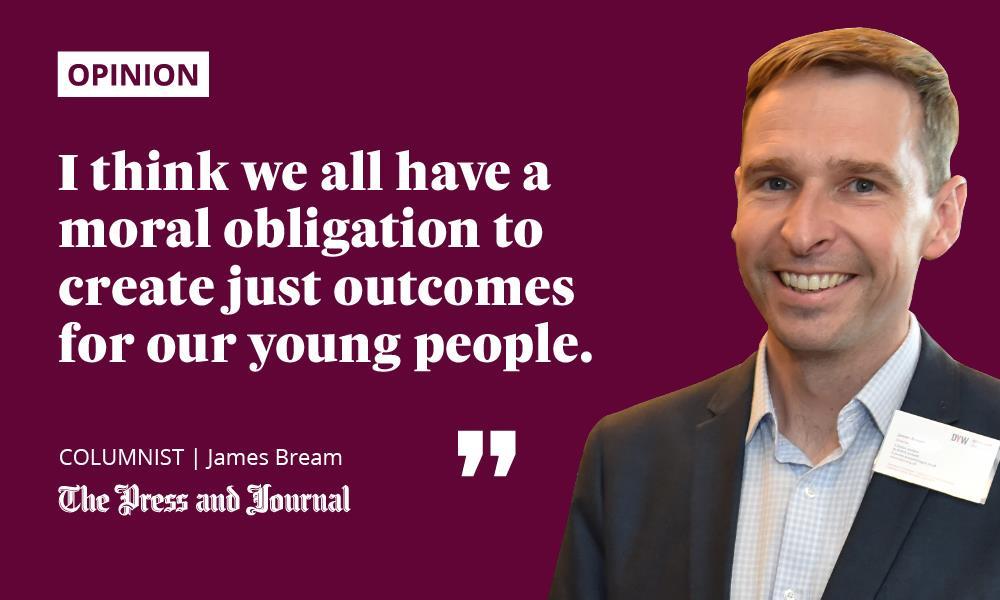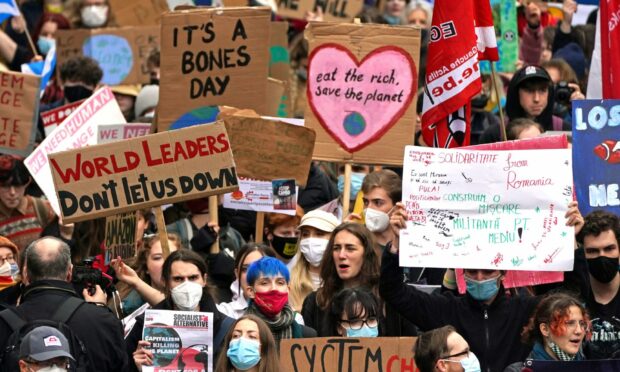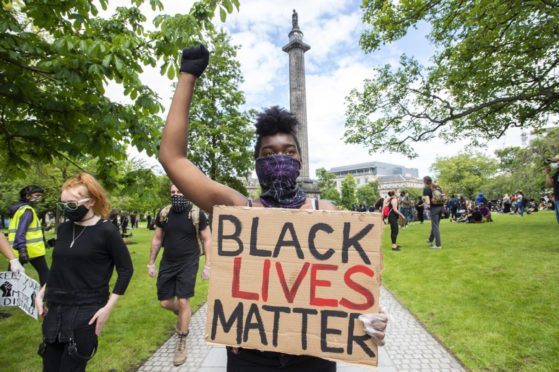A moral obligation – something that we ought to do but which we are not bound to do.
At first glance, there is a simple line between choice and requirement. However, when you feel an obligation to do something, it quickly translates to a requirement to do the just and right thing anyway; it is no longer a choice.

Most of us on most days will do something because we think it is the right thing to do. Our moral compass drives us to do so. Often, there are trade-offs when we make these choices, too, between time and effort spent on one thing or another – sometimes difficult choices.
Do we spend more time at work to earn more, or more time with the kids? Do I practice my wedge play or putting? Both need work.
Helping young people achieve their full potential
This week I was proud to be named as the chairperson of Developing the Young Workforce (DYW). For those of you who don’t know, DYW is basically a movement to help young people reach their full potential and be as ready for work as they can be. At its deepest level, the initiative is about justice and making sure everyone has opportunity and is treated fairly.
In an unpaid role like this, like kids’ football coaching, leading a Girls’ Brigade group or any voluntary activity, you give up time but you get more back in other ways. What you get back gives you “utility”, whether that is feeling good, personal development or something quite different.
We are delighted to announce that @JamesBream has been appointed Chair of DYW North East!
James Bream will help steer the organisation as we embark on one of the most significant periods of activity in our history.
Read the full article on our website 👉🏼 https://t.co/MxVkZEw05v pic.twitter.com/3b6s5ElhNM
— DYW North East (@DYW_NorthEast) November 4, 2021
For me, the benefits will be the knowledge that I’ve helped someone achieve a happier future, and there is no doubt I’ll personally gain experience and benefits from working with a board of the quality DYW has.
I’d like to think that anyone who has a job could get involved in the DYW movement. Anyone who has a young family member probably does it most days without thinking about it. Therefore, I don’t think it is an unreasonable ask for all businesses to do something to help our young people.
Every business in the north-east is able to commit to the Young Person’s Guarantee and grow our own talent
I am sure everyone in a business can look at a moment of their life and think that, if they had been furnished with better information or inspiration, they may have ended up in a different or better place. That is what DYW is all about. Every business in the north-east is able to commit to the Young Person’s Guarantee and grow our own talent.
So, my simple ask is that, if you have had a good or bad experience and you have something you can share or help young people learn about work, get in touch with the DYW team. You probably didn’t know, but there is a representative in every single secondary school in the north-east of Scotland, all there to inspire our next generation of loons and quines.
Responsibility to provide ‘just’ outcomes
I’d not really thought about DYW being fundamentally about providing “just” outcomes for young people until I watched coverage of COP26 this week.
I’ll admit, I struggle to comprehend and keep abreast of all the various movements we have in the world right now, from race, gender, sexuality, climate to much more. I don’t have time to investigate or read about why different movements clash, either.
I also think that so many people can “virtue signal” and say they support a movement, but you can never truly understand unless you are in that direct space. However, I do think, at their basic core, many of these movements are simply about justice in its purest form.
In a similar way to my view that the world of anarchists has been “stolen” by people who aren’t true, well-meaning anarchists, I believe it’s easy to think of justice as being the same as the rule of law. Justice is not the same as the law; it is about helping people get what they deserve.
I think we all have a moral obligation to create just outcomes for our young people. It is a choice to meet this moral obligation, but I am pretty sure every one of you has some cracking stories, experiences, humour and inspiration (both good and bad) that will help a young person reach their potential.
I hope some of you will join me and the team in trying to do our best for the young people of the north-east and helping them get what they deserve from their future.
James Bream is general manager of Aberdeen-based Katoni Engineering and chair of DYW North East

